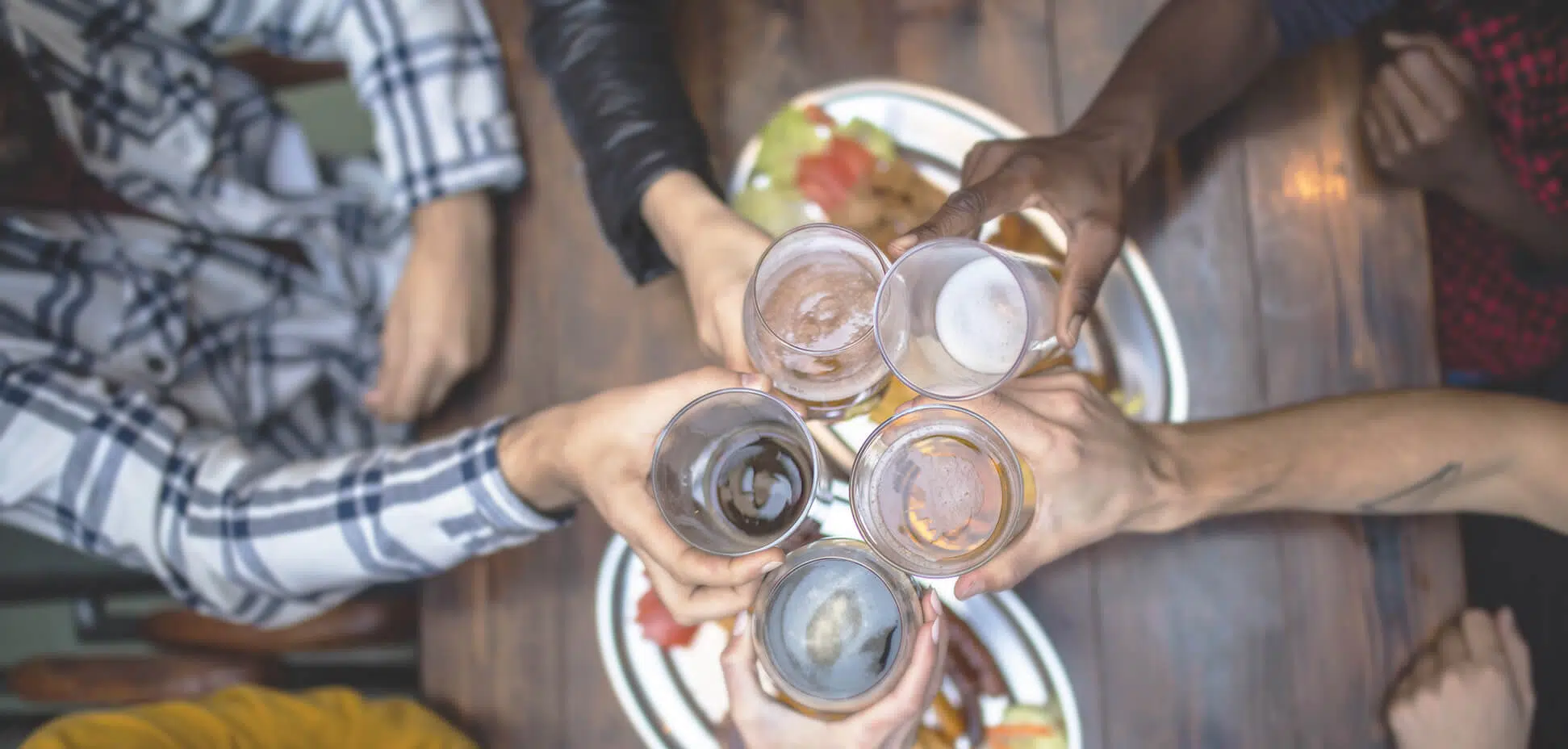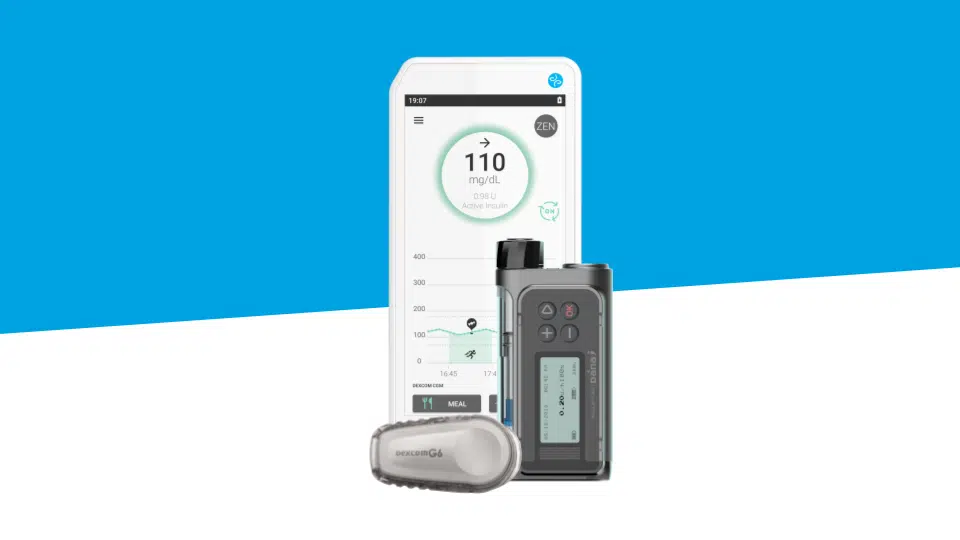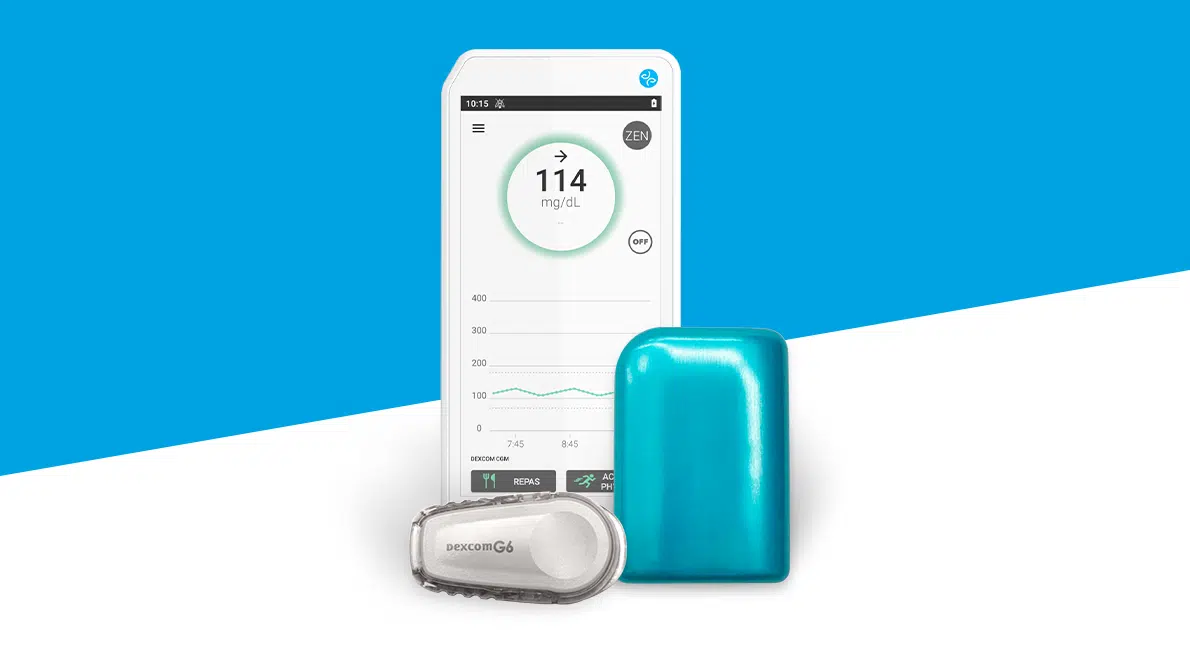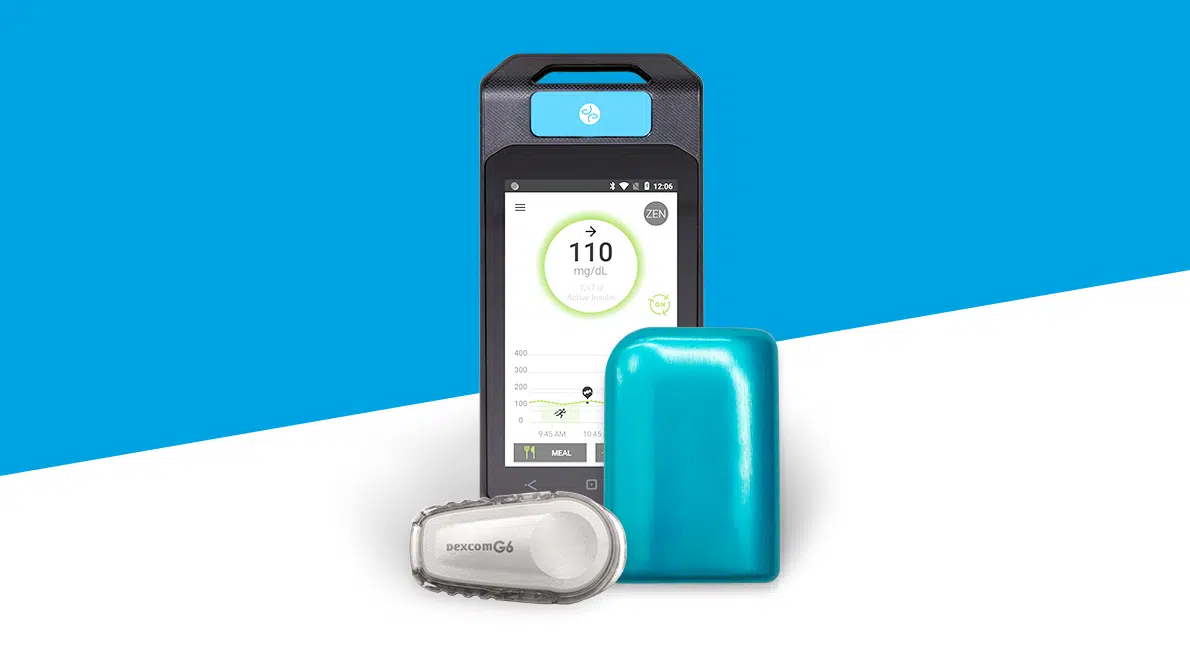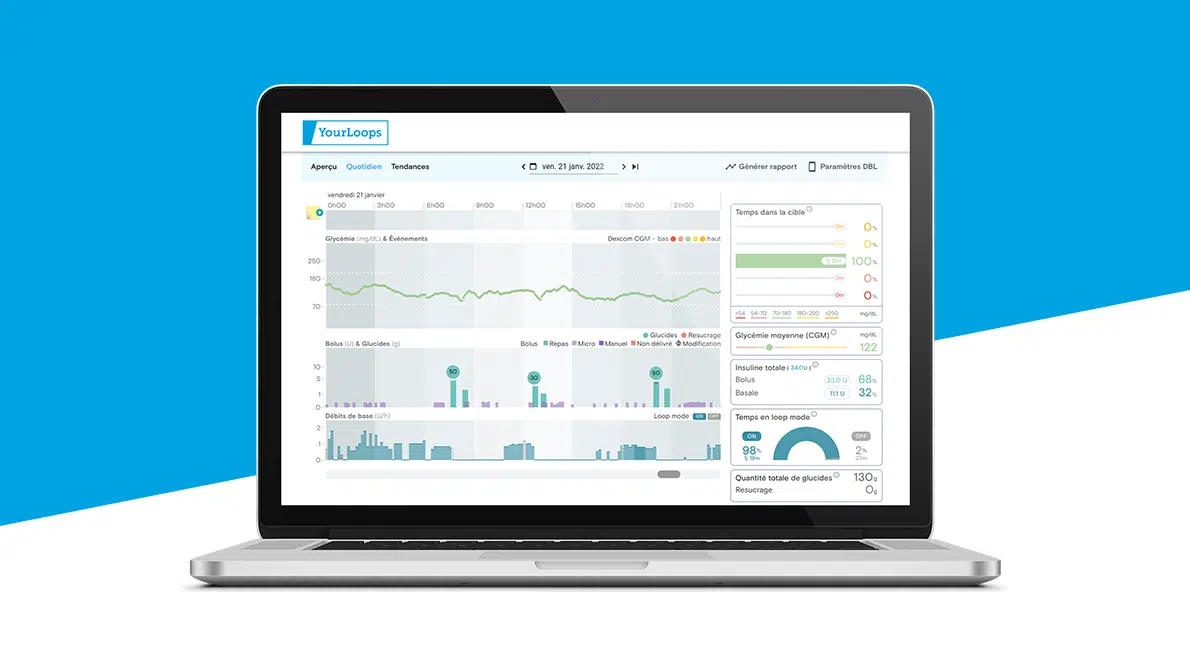
How to fast successfully when you have Type 1 diabetes?
To write this article, we consulted a dietitian. If you have Type 1 diabetes, the decision to fast is a serious one, and should only be taken after consulting with your healthcare provider. Doctors and dietitians, as health care professionals, are best placed to evaluate the possible risks fasting may pose for your diabetes.
Springtime is a season that abounds with all kinds of fasting techniques. Our team interviewed Magalie Montel, a dietitian. She explained the right approach to fasting for those of us with Type 1 diabetes.
Diabeloop: What is fasting?
Magalie Montel (MM): Fasting means going without food, and sometimes going without drink, too. From a medical standpoint, it begins six hours after your last meal.
D: Why fast?
MM: There are several reasons for fasting:
- to lose weight
- to avoid gaining weight
- to combat certain illnesses
- to prepare for intense physical activity (for example, a marathon)
- to work on eating behaviors (particularly after large meals)
- to treat digestive problems
- to follow religious beliefs (Ramadan, Lent, Yom Kippur, etc.)
D: What do you go without when fasting?
MM: It’s important to differentiate:
- A carbohydrate fast means not eating any carbohydrates. This approach can be used by athletes before a competition, or as part of glycemic adjustment (see below).
- A complete fast means not eating any food. It is sometimes used in hospital protocols for illnesses related to the liver or pancreas.
D: What are the different types of fasts?
MM:
- Special fasts are an integral part of many religions (for occasions such as Ramadan, Lent, Yom Kippur, etc.). It’s vital to start preparing at least four weeks beforehand, to adapt your insulin doses. You also need to adapt your dietary plan: an early breakfast, a lunch when you break your fast, and, if you like, an early dinner, with a corresponding insulin regimen. We talk about an insulin “switch,” because rapid-acting insulin or boluses will be taken at night instead of during the day. Long-acting or basal insulin can follow the same pattern.
- Intermittent or weekly fasting alternates between days of normal eating habits and days of fasting. There are several methods:
- Between 12 and 24 hours of fasting per week
- 5:2 fasting (five days of normal eating habits interspersed with two days of intermittent fasting)
- Time-restricted fasting (food is eaten within a limited window of time, often between four and eight hours per 24-hour period).
If your goal in trying this kind of fast is to lose weight or improve your glycemic balance, be aware that the results aren’t always noticeable. There’s also a significant risk of a rebound effect on your weight, and even your blood sugar levels, if you don’t eat a balanced diet during the non-fasting periods.
- “Therapeutic” fasting means spending a week or longer at a “center,” not eating any food, in order to detoxify your system. There is no scientific evidence supporting the detoxifying or purifying effect. This kind of fast does result in weight loss, because the body has to use its reserves in order to keep functioning. But when the fast is prolonged, it causes malnutrition, leading to muscle loss (due to the absence of dietary protein) and vitamin and mineral deficiencies, which can in turn cause a variety of problems. It’s also important to remember the adverse effect fasting can have on weight. As soon as normal eating habits are resumed, the body will begin stockpiling reserves in preparation for the next fast (due to the survival reflex, plus a lower base metabolism). This causes us to gain weight again, sometimes even more than what we lost: the infamous “yo-yo” effect! It can also foster the development of dietary behavioral problems linked to fasting. As a result, therapeutic fasting is strongly discouraged for people with Type 1 diabetes.
D: What is the best approach to fasting?
MM: To ensure that your fast is effective, there are several steps that should be carefully followed.
1 – Make a doctor’s appointment for a full physical exam, and get your diabetologist’s permission before deciding to fast.
2 – Prepare yourself mentally, and set a goal and a length of time.
3 – Prepare your body by gradually reducing your dietary intake beforehand.
It’s important to check in with your doctor regularly throughout the fast, and to stay hydrated.
D: Are there certain foods that are better for fasting? Are there foods that should be avoided?
MM: It’s a good idea to break your fast with hot or warm foods (easier to digest), preferably liquids. Try a hot vegetable soup, which provides hydration, vitamins and mineral salts. Waking the digestive system up gently is important, and it’s helpful not to eat many things that need to be chewed. You can then gradually reintroduce white meat and cooked vegetables (steamed or gently boiled) until your digestion is reactivated.
When you break your fast, be sure to avoid highly processed foods and anything with a high glycemic index (soft drinks, bread, rice, pasta, chips, etc.), to avoid causing a blood sugar spike, which can lead to serious metabolic and digestive issues. Avoid cold foods (dairy products, ice cream, etc.), which forces the body to work harder to warm them up prior to digestion. Lastly, avoid high-fiber foods.
D: People talk a lot about carbohydrate fasting for people with Type 1 diabetes. Can you tell us more about that?
MM: Carbohydrate fasting is usually done during a short hospital stay, in the diabetes ward. It must be done under medical supervision. The fast consists of eating carbohydrate-free foods with constant glycemic monitoring (using a Holter monitor), after injecting your usual long-acting basal insulin, for a period of 24 hours.
A day’s meals might be:
- Breakfast: coffee, black tea or herbal tea, without milk
- Lunch: white fish, cheese
- Dinner: ham, salad
Throughout the day, water and/or hot drinks without milk are consumed.
Be careful not to eat too much protein or fat during the 24 hours; they can make it difficult to interpret the test.
D: Why do a carbohydrate fast as a person with Type 1 diabetes?
MM: The fast is performed in order to precisely determine/adjust the amount of long-acting basal insulin required by a person with Type 1 diabetes (who uses an insulin pump or multiple daily injections). The purpose of basal insulin is to maintain normal blood sugar levels between meals. It is “background insulin.” The fasting test helps readjust the number of units based on the blood sugar levels recorded over 24 hours.
Carbohydrate fasting can also be done as part of a therapeutic educational program for beginning insulin pump use, or when a person’s diabetes is very poorly controlled.
It’s important to mention that partial carbohydrate fasting tests are being used more and more to evaluate basal insulin needs by time period (for example, at breakfast, to diagnose the dawn phenomenon).
Rapid-acting insulin is adjusted, not with carbohydrate fasting, but following intensive insulin therapy. This lets people with Type 1 diabetes calculate the carbohydrates in their meals and adapt their rapid-acting bolus insulin needs accordingly, using a medical protocol.


